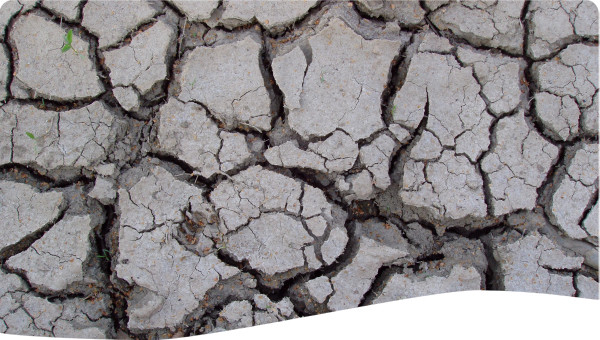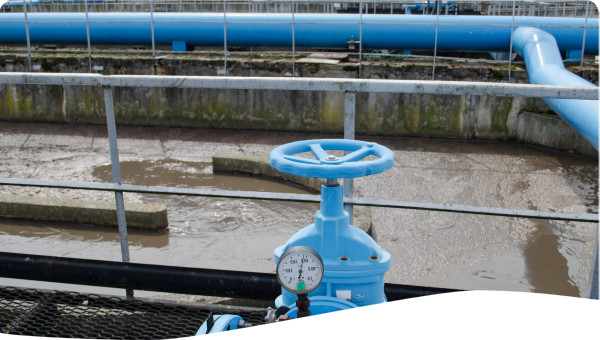Guizhou already experiences the effects of climate change, including droughts. Action was taken with the approval of a new policy document which provides funds supporting water quality improvements, water and soil conservation, ecosystem rehabilitation, irrigation, and managing increasing demand. Steps have also been taken for preventive actions for subsequent droughts. The most important lesson that can be learnt is that the greatest challenge to building resilience to droughts is institutional.
The droughts in the Yangtze Basin and the Southwest however were highly unusual. However, the last decade observations show that precipitation dropped 90% during the southwest drought period and the summer growing season was 1.5 Celsius hotter than normal. Sixty million people felt the effects of the drought, and 6.5 million ha of agricultural land was compromised. Climate change scenarios for China show an increased likelihood of more severe storms and droughts.
One of the most striking features of climate change is the impact it has on the monsoon system, bringing new precipitation patterns to the country. Severe precipitation in the southern region has brought flooding, while changing rainfall patterns have brought more droughts in the northern part of the country. The higher temperatures resulting from climate change reduce runoff into lakes, reservoirs. The growing scarcity of water has instigated competition for supplies, and in the absence of integrated management and decision making over rational allocations during normal times and acute shortages, the impacts have spread to the cities.
The drought that occurred in Guiyang district (Guizhou Province) in 2009–2010 was part of a widespread drought across the southwest provinces. Reservoirs were reduced to dry cracked earth with intakes abandoned. Isolated villages suffered from a lack of basic drinking water as streams, springs, and wells went dry. Crops were lost, crop yields and industrial production fell, livestock suffered, and fisheries and forests were badly affected. Control and prevention of infectious diseases became a concern.
In 2011, the State Council has approved a new policy document which outlines the country’s priority development issue. The government committed to invest 608 billion USD over the next 10 years in water supply projects, water quality improvements, water and soil conservation, ecosystem rehabilitation, irrigation, and managing increasing demand. This new investment level amounts to an annual doubling of what was spent in 2010. The Minister of Water Resources says the country will accomplish this goal by following three red lines: less water exploitation, more efficient water use, and less water pollution. Instruments, such as water abstraction permits, water charges, and institutions that manage water at local levels, have also been strengthened.
Asian Development Bank (ADB) is assisting Guiyang with a 150 million USD loan for the Guiyang IWRM Project. The project finance is part of Guiyang’s water sector development plan and this aims to promote greater community involvement in water resources management. It represents the country’s first large integrated water resources management project at the municipal level. To lay the groundwork for the project, ADB is providing technical assistance to develop the capacity and enhance the effectiveness of the numerous government agencies overseeing the water sector.
Actions have also been taken for the construction of new facilities, intended as preventive actions for a subsequent drought. The general water stress in the North and the increasing number of droughts has convinced many planners of the need for big infrastructure projects, such as the South–North Water Diversion Project. The first results show that in spite of an expanded irrigation, agricultural water consumption decreased by about 3% and the total value of agricultural output (irrigated and non-irrigated) increased by about 230%.
Guiyang recognizes the need for moving toward IWRM and has prepared the Guiyang Integrated Water Resources Master Plan. The primary goal of the master plan is to increase water supply, but it covers all other forms of water use: improve irrigation facilities, manage demand and conserve water, control pollution and protect water resources, reform institutions, and introduce market-based measures to save water.
The ADB-supported study of Guiyang’s water management practices identified eight priority steps that are both management and operational in nature and also support measures required for drought risk management. A regulatory methods, such as changes to water tariff levels and structure, can be a powerful way of introducing demand management.
Droughts have typically been the incentive to seek changes, and more comprehensive reforms are required than what traditional supply-side structural approaches can offer. Demand-side structural measures are realized to be technically reliable and more cost-effective in improving environmental flows.
Chinese government has recognized the need to improve the comprehensive management of water resources, applying IWRM approaches, and to shift the emphasis more toward managing demand, including the use of economic mechanisms.
The greatest challenge to building resilience to droughts is institutional. Planner seeks reliable, manageable and cost effective structural solutions. Meanwhile nonstructural technical solutions such as monitoring, forecasting, and early warning systems also reduce disasters risk.
Chinese policy supports global reform paradigm of IWRM through revisions of the national water law. Ministry of Water Resources prepared national guidelines for implementing IWRM, which, is being piloted in several provincial water resources bureaus.
Strategic management is the key to achieving specific results, whether they are near-term results (such as water savings) or long-term results (healthier and more productive ecosystems).
 Case studies
Case studies


